Bees are one of Mother Nature’s most hard-working creations. These tiny busy creatures produce many natural products that have proven useful to the health of humankind. The most well-known are Royal Jelly, Honey, and Propolis. These can be ingested internally for health benefits and applied externally in skincare. So let’s take a look at what they are, and what they can do for our skin.
Propolis as a skincare product
Propolis, or “bee glue” is produced when bees mix resin from trees with their saliva and beeswax flakes. This is used to keep their hive together and to form a barrier against bacteria and other external aggravation.
A fun fact: Propolis was actually first introduced in ancient Greece and Egypt, as part of the embalming process for burying the dead. This was before its beneficial qualities as a skincare and supplement product was discovered.
Now, propolis is widely used in today’s range of skincare products. But why so?
Benefits of propolis
 1. Anti-bacterial properties
1. Anti-bacterial properties
The original role of propolis is to act as a barrier for the beehive, keeping out bacteria. This is why propolis itself consists of strong anti-bacterial properties, enabling it to kill bacteria and remove germs effectively. When used in skincare products, propolis forms a protective layer on the surface of your skin, keeping out the irritants that might cause skin irritation and blemishes. Armed with these antibacterial properties, propolis has also been used as a natural antiseptic for wounds.
 2. Healing wounds
2. Healing wounds
Several antioxidants present in propolis aid in the healing process for wounds by stimulating blood flow and reducing inflammation. Not only so, Propolis consists of nutrients that encourage cell growth that help to speed up the healing process while boosting the immune system.
 3. Improving skin condition
3. Improving skin condition
This natural product consists of a quality that most people would love: it helps to naturally decongest your pores to give you the desired clear and smooth skin. The variety of vitamins, mineral and amino acids present in propolis also help to nourish your skin, providing it with the important nutrients that it needs. In many cases, propolis has been used to balance out skin problems and soothe the troubled skin.
 4. Natural antibiotic
4. Natural antibiotic
Propolis has long been called “nature’s penicillin”, meaning nature’s antibiotic. With its strong antibacterial properties, it can defend against a wide variety of germs, disarm viruses and fight infections.
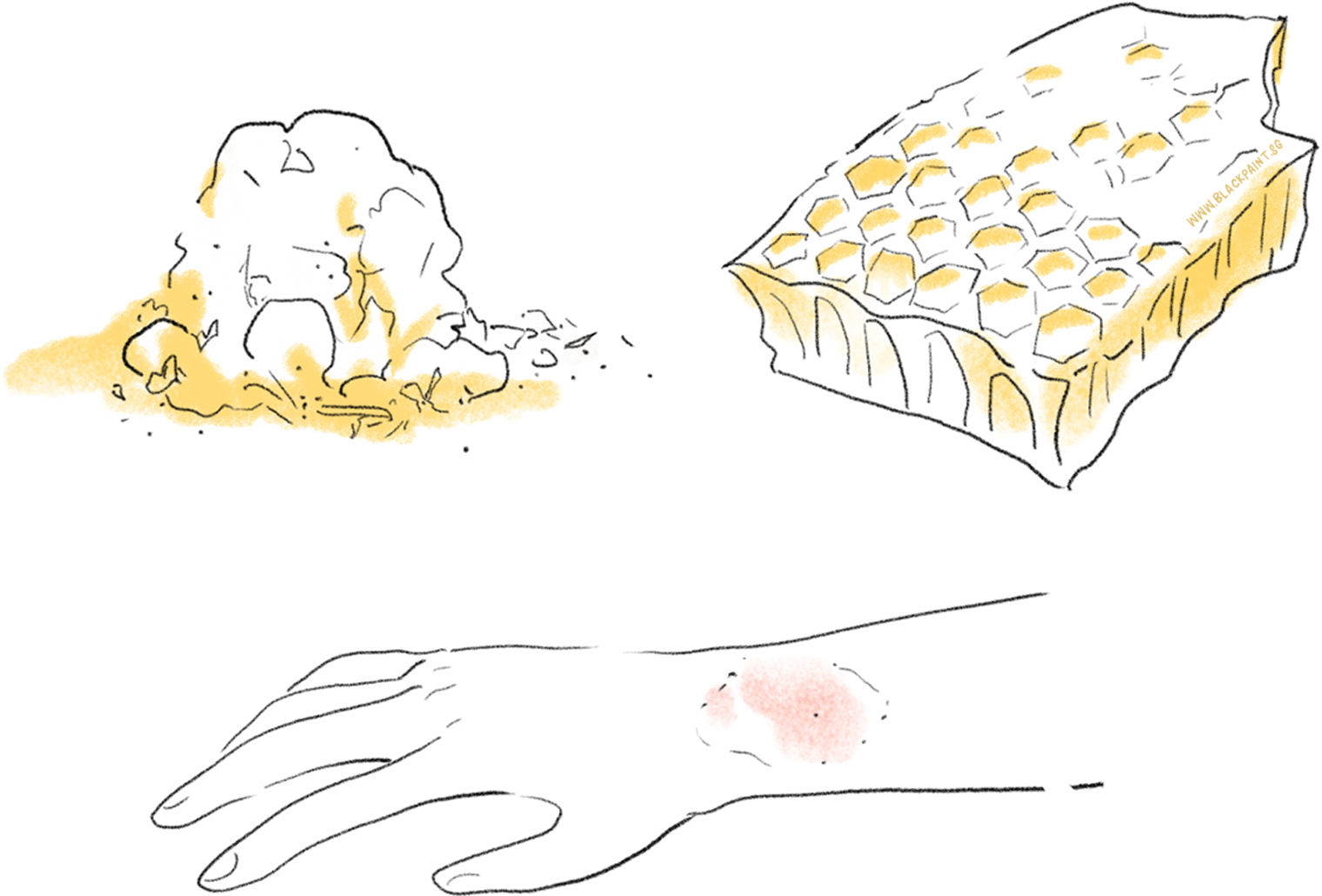
History of propolis in medicine and personal care
Propolis has been used for thousands of years. The ancient Egyptians, Greeks, and Romans were aware of the power of propolis and its healing properties. In fact, bee products, like honey, propolis, and royal jelly have been found in Egyptian tombs. The honey is edible after thousands of years simply because of its inherent anti-microbial properties.
Propolis fell out of favour with physicians during the Middle Ages but remained an important part of folk medicine around the world.
From the beginning of the Twentieth Century…
Investigations began looking at the chemical structure of propolis and that investigation has continued right up to today.
The Egyptians depicted propolis-making bees on vases. The Egyptians likely learned some of their embalming techniques from bees. Bees wrap the carcass of invaders into their hives in propolis to keep bacteria from spreading. The Egyptians adopted a similar process for their dead that now gives us mummies to study.
The ancient Jews considered propolis medicine. It is mentioned throughout the Old Testament. For example, the biblical Balm of Gilead was a gift from the Queen of Sheba to King Solomon and it’s almost identical to propolis.
The Greeks used propolis as the main ingredient in polyanthus, a solid perfume.
Throughout history, propolis has been used for medicine and for cosmetics, due to its moisturizing and anti-microbial effects.
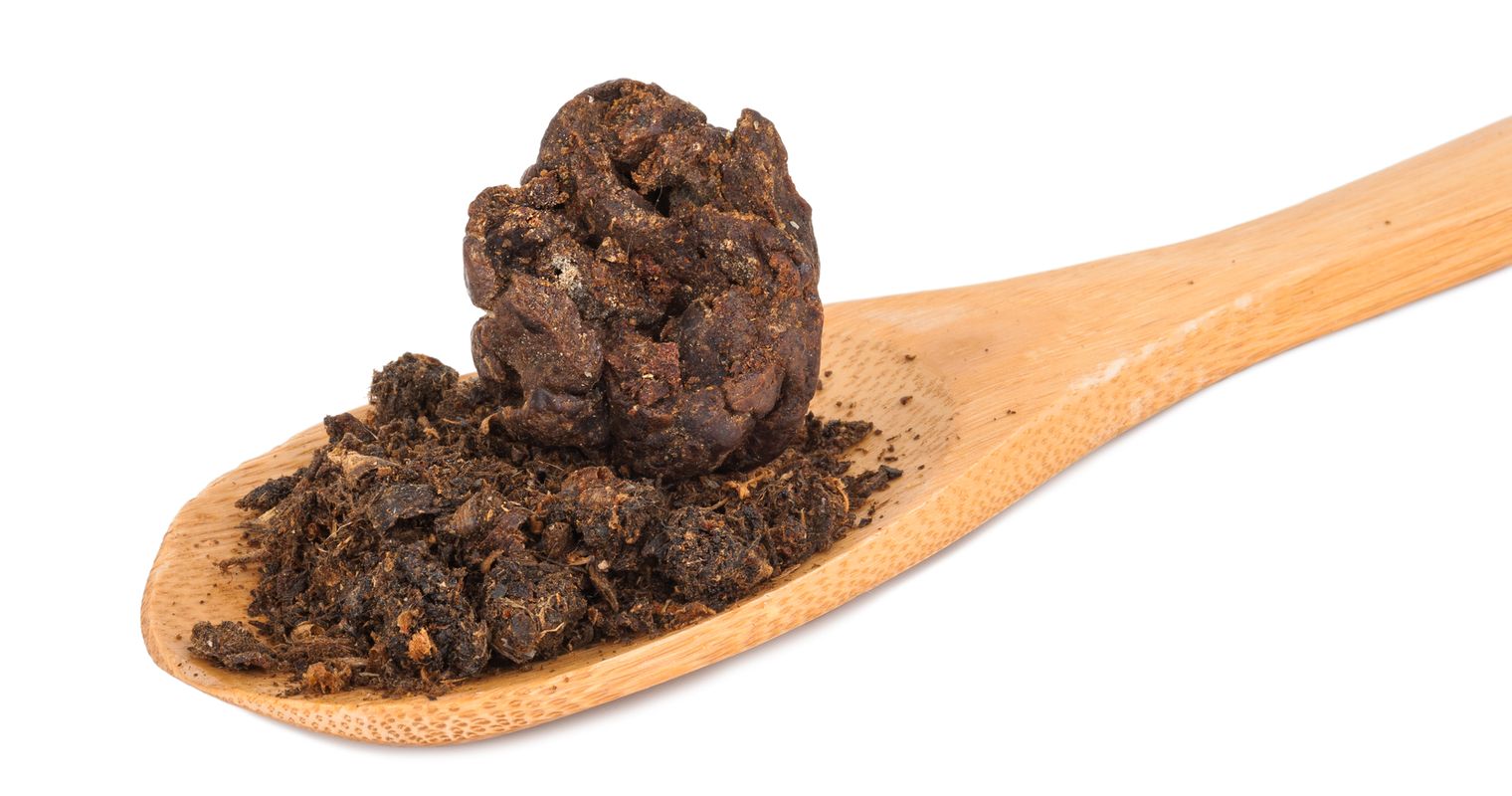
Chemical analysis of propolis
Here is a chemical analysis of propolis that highlights its antibacterial powers:
One new 2,3-dihydroflavone derivative, 7-O-prenylstrobopinin, and 25 known diterpenes and phenolic compounds were identified from the n-butanol extract of Greek propolis. This is the first time that diterpenes have been isolated from propolis of European origin, while six of the known compounds are reported as propolis constituents for the first time. The structures of the isolated compounds were determined by spectroscopic methods, mainly by the concerted application of 1D, 2D NMR techniques (HMQC, HMBC, NOESY) and mass spectrometry. The studied sample and the isolated compounds were tested for their antimicrobial activity against Gram (±) bacteria and fungi and five of them exhibited strong activities.
While most of us don’t know what many of these compounds are, they are all clearly powerful antimicrobials and can have a profound effect on the health of the skin.
Honey in skincare
Honey is the most commonly known product associated with bees. Not only is the sticky, golden liquid a delicious additive to your meals, it is also beneficial to your health and skincare.
Benefits of honey
 1. Helps to retain moisture
1. Helps to retain moisture
A natural humectant, honey draws moisture from the surrounding air. When used in skin products, it helps to absorb water into the skin and retain it for long-lasting hydration. This helps to moisturize the skin and gives it a smooth and soft feeling for hours.
 2. Cleanses pores
2. Cleanses pores
Honey also acts as a pore cleanser as it consists of enzymes that clear up pores. With its antibacterial properties, it will also prevent breakouts by killing off bacteria that might reside on the skin surface.
 3. Treat acne
3. Treat acne
Acne is a common skin problem that is mostly faced by teenagers but some adults may still suffer from this condition. Although acne is annoying, its effects can be reduced with the aid of good skincare. The good news is, honey is able to help to treat acne. With its antibacterial properties, it prevents the growth of bacteria on the skin which in turn reduces the risk of acne breakouts.
 4. Lightens skin
4. Lightens skin
Not only does honey hydrate and cleanse, it also helps to lighten your skin with its anti-inflammatory properties that soothe severe irritation and redness of the skin. Honey also encourages cell growth and regeneration, which aids in skin recovery and eventually reducing the appearances of scars.

Chemical analysis of honey
Below is a chemical analysis of honey, in this case from Nigeria:
Thus, analysis of the biochemical composition of 18 honey samples obtained from different locations in the northeast sub-region of Nigeria was carried out to ascertain their qualities. Moisture and ash contents of the samples had average values of 16.00 ± 2.19 g/100 g and 0.47 ± 0.09 g/100 g, respectively. The protein contents ranged between 0.35 and 1.08g/100 g with a mean of 0.67 ± 0.25 g/100 g while fat content lied between 0.10 and 0.50 g/100 g with a mean of 0.29 ± 0.11 g/100 g.
Further analysis of honey
The investigation into the honey’s chemical analysis extends to other ingredients as well:
Total carbohydrate contents and Energy values showed average values of 82.30 ± 2.03 g/100 g and 1,401.33 ± 33.71 KJ/100 g, respectively. Fructose contents gave an average of 38.94 ± 0.90 g/100 g, while glucose contents had a mean value of 31.65 ± 2.79 g/100 g. The sucrose contents of the honey samples had a mean value of 1.84 ± 0.79 g/100 g. Total polyphenol and vitamin C contents showed mean values of 65.31 ± 19.50 mg Gallic Acid Equivalent (GAE)/100 g and 21.15 ± 3.99 mg/100 g, respectively.
Royal jelly for skincare
Apart from honey and propolis as important bee products for skincare, the royal jelly earned its name with its original purpose as being food for the queen bee. Worker bees mix honey and bee pollen to produce the thick, milky substance that would then be fed to the queen bee.
Benefits of royal jelly
 1. Skin nourishment
1. Skin nourishment
Our skin needs to “feed” as well. Royal jelly consists of many vitamins and minerals that nourish your skin, keeping it in good condition. This makes royal jelly not just food for the queen bee, but also food for the skin. I guess we are all queens in our own ways!
 2. Anti-aging properties
2. Anti-aging properties
Everyone knows that collagen is the foundation for wrinkle-free and smooth skin. Several nutrients in royal jelly boost collagen production, which in turn helps to maintain supple and soft skin. Not only so, but specific antioxidants present in royal jelly also stimulate skin renewal to ensure a constant skin renewal cycle, hence keeping the skin healthy and radiant.
 3. Soothe troubled skin
3. Soothe troubled skin
Skin irritation is a common day to day problem for many people, especially for people with sensitive skin. With the help of royal jelly’s anti-inflammatory properties, it can help to calm down troubled skin when applied, reducing redness and easing irritation. This can prove useful to people who struggle with pimple breakouts or acne as royal jelly can alleviate the effects of these skin problems.
 4. Boosts immune system
4. Boosts immune system
Like honey and propolis, royal jelly also has anti-bacterial properties that help to keep nasty germs away. Royal jelly contains a protein known as royalism and a complex of other proteins that actually helps to boost your immune system. These proteins ensure bees can fight off bacteria, which also means the anti-bacterial properties also help us to fight off viruses and germs when we use royal jelly.
 5. Kidney boost
5. Kidney boost
Sometimes, we forget that skin is not the only organ that would affect its condition. Our body is a myriad of organs that work together to ensure the body functions at its maximum potential. As such, your kidneys do play a part in your general skin condition. When stressed, your kidneys could overwork and your body may retain more water. This, in turn, leads to dry, frizzy hair and dull skin. Nutrients in royal jelly will give the kidneys the boost they need in order to improve your general body condition.

The history of royal jelly
The first note regarding royal jelly as a separate ingredient is from the ancient Greeks. They believed that this “ambrosia” granted immortality. Aristotle studied the effects of royal jelly in the bees’ society. He then attributed to it the ability to an increase in physical strength as well as intellectual ability.
Royal jelly was seen as a symbol of power for the Pharaohs of Egypt. Cleopatra saw it as an important part of her beauty regimen, including both on her skin and as a consumable.
Traditional Chinese medicine sees royal jelly as a necessary ingredient. It was only found in imperial gardens and was rare until recently.
The science of royal jelly
Like propolis, royal jelly serves as a medicine and a cosmetic for millennia. By providing an antimicrobial shield that is nourishing and complete.
A recent study showed that 10-HDA, a fatty acid found only in royal jelly can improve skin moisture by 60%. In many cases, it is a lack of moisture that causes wrinkles. Thorough hydration of the skin cells can help skin look healthier and younger. In fact, these effects last for days and even weeks.

10-HDA also prompts the growth of new skin cells. This is vital for having younger skin. As our bodies age, our skin renews itself less and less often. This amazing fatty acid has been shown to cause the cells to increase in volume significantly.
Chemical breakdown of royal jelly
Other ingredients and the overall effects of royal jelly are amazing for skin, particularly for increasing moisture in the skin. If you’ve ever watched TV commercials for “anti-wrinkle” creams, moisture is the most important part of decreasing wrinkles. Royal jelly, a 100% natural product that contains no petroleum, is one of the world’s most powerful skin moisturizers.
Here is a detailed chemical breakdown as laid out in an article from Science Direct:
The major component is water, ranged from 60% to 70% (Caboni et al., 2004, Melliou and Chinou, 2005), followed by carbohydrates from 11% to 23% (Sabatini et al., 2009, Sesta, 2006), proteins from 9% to 18%, (Melliou and Chinou, 2005, Ramadan and Al-Ghamdi, 2012, Simuth, 2001), lipids from 4% to 8%, (Malka et al., 2009, Nagai and Inoue, 2005, Sabatini et al., 2009) and there are present in low amount vitamins and mineral salts with other unknown substances present in traces and all together could range from 0.8–3% (Fig. 2) (Caboni et al., 2004, Lercker et al., 1992, Scarselli et al., 2005, Simúth et al., 2004, Zhang et al., 2012).
How do propolis, honey & royal jelly work together?
All of these natural gifts from bees are powerful treatments for many ailments. The anti-bacterial properties are important for optimum skin health. It helps in reducing the effects and activities of bacteria and microbes. As a result, the skin works harder to protect itself.
From a skincare perspective, all of these ingredients have one very powerful effect. That is, they are more powerful moisturizers than anything created by man. Since there is no petroleum and these ingredients break down easily in the body, there is no risk of toxins. (Except for those who are allergic to bees – see note below).

The epitome of excellent skin health
No single source of skin health is as powerful as a beehive. With a commitment to keeping the honey bee alive and well, we can enjoy the benefits of these amazing creatures and their products for thousands of years to come as we have for millennia.
One important note: science is unable to duplicate these items. Until today, no one has been able to duplicate the effects and power of these ingredients in a lab. It’s likely that they never will. That’s part of the magic of these amazing gifts from the hive.
Although, a word of notice…
It is always good to ensure that you do not have an allergy towards bee products. Perform a simple patch test before using your new skin care products, and you should be good to go!
References
http://www.skincareorg.com/royal-jelly-skin/royal-jelly-for-skin-care/


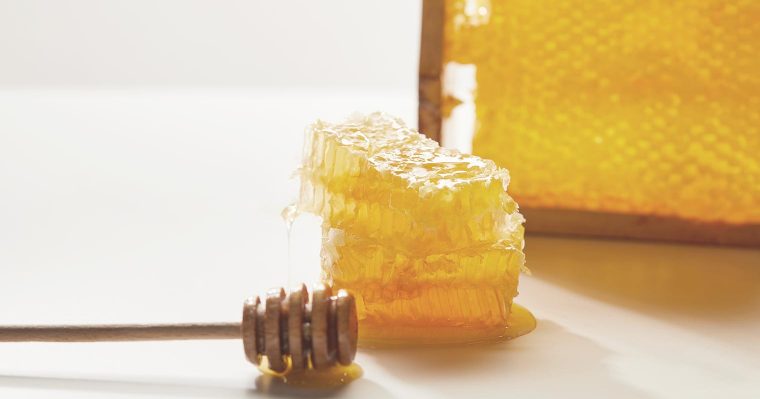
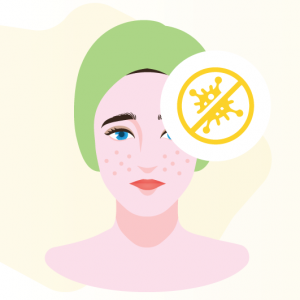 1. Anti-bacterial properties
1. Anti-bacterial properties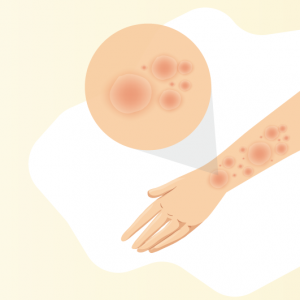 2. Healing wounds
2. Healing wounds 3. Improving skin condition
3. Improving skin condition 4. Natural antibiotic
4. Natural antibiotic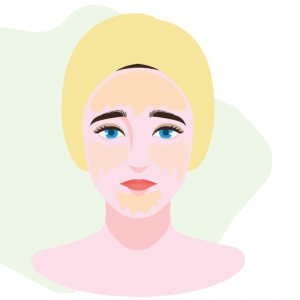 1. Helps to retain moisture
1. Helps to retain moisture 2. Cleanses pores
2. Cleanses pores 3. Treat acne
3. Treat acne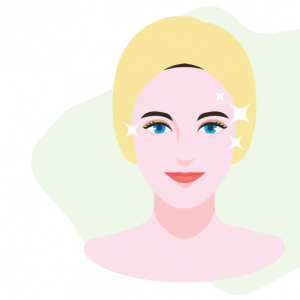 4. Lightens skin
4. Lightens skin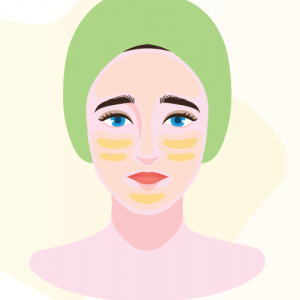 1. Skin nourishment
1. Skin nourishment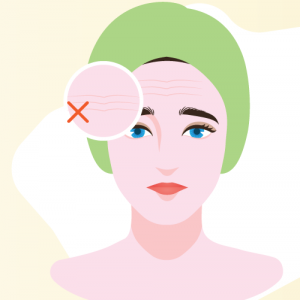 2. Anti-aging properties
2. Anti-aging properties 3. Soothe troubled skin
3. Soothe troubled skin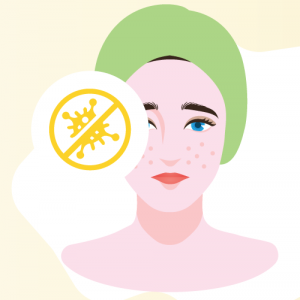 4. Boosts immune system
4. Boosts immune system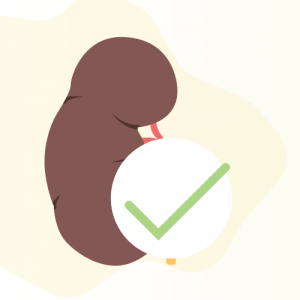 5. Kidney boost
5. Kidney boost



